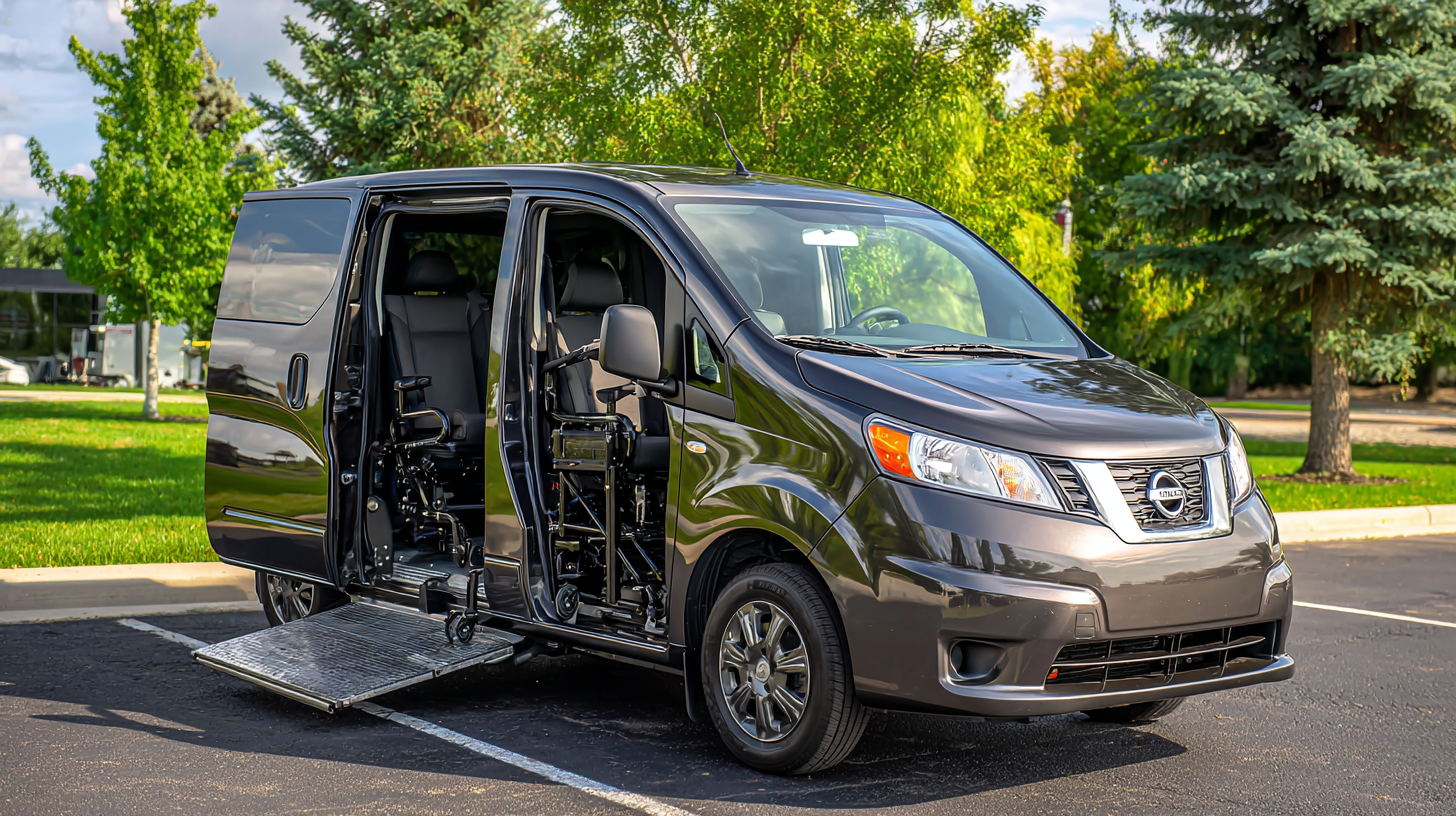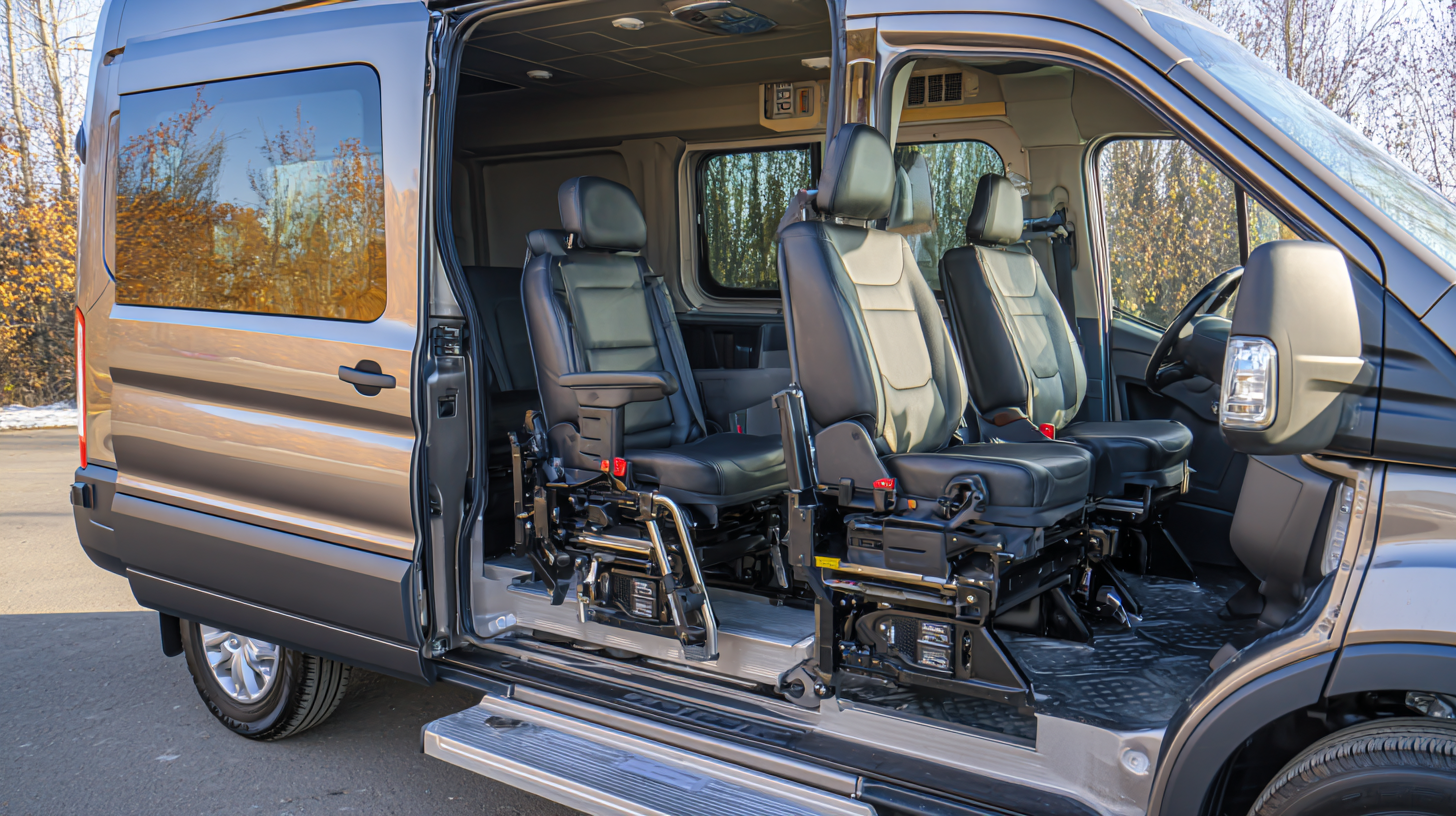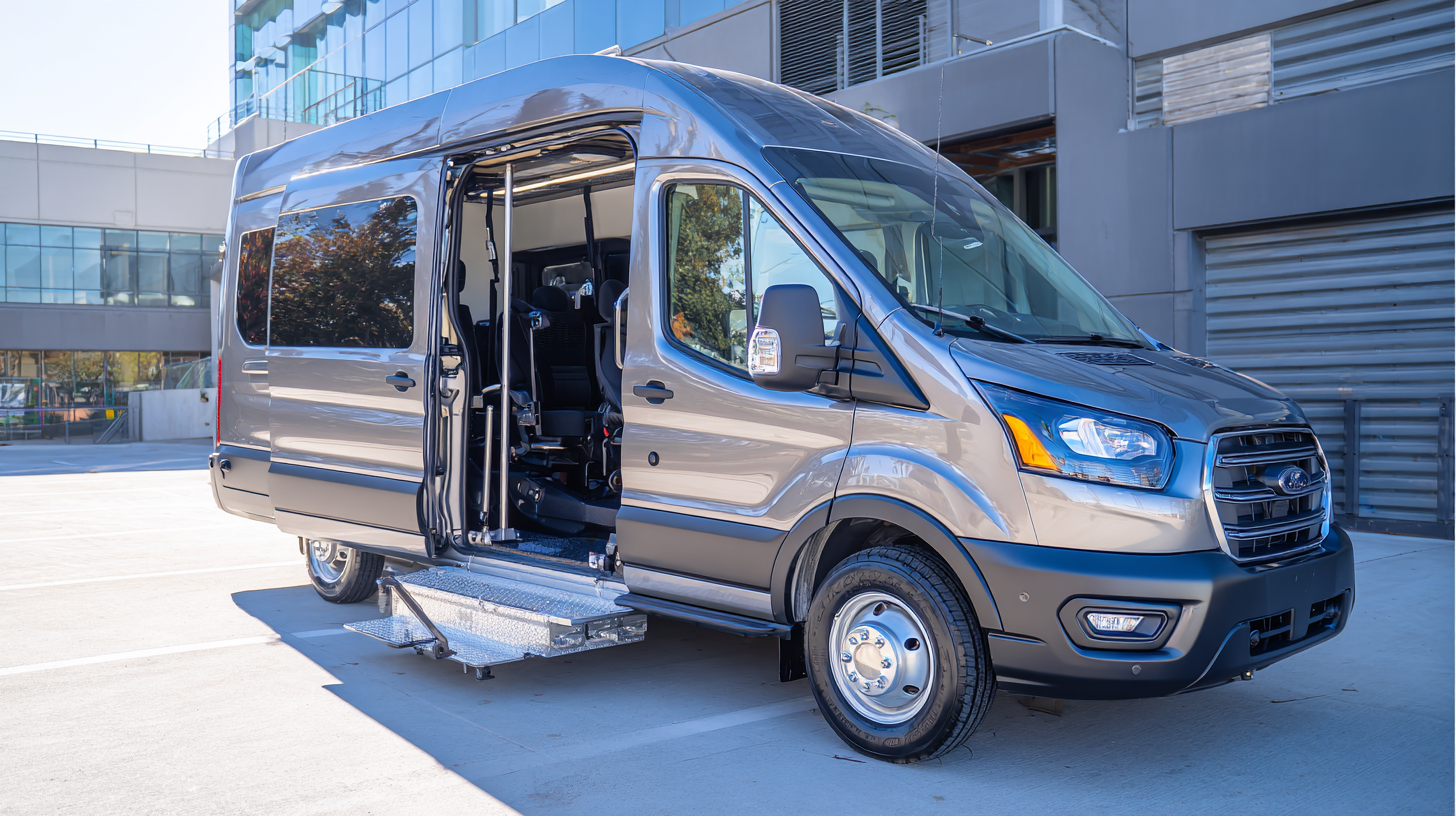How to Choose the Best Handicapped Accessible Van for Your Unique Needs
When choosing the best handicapped accessible van for your unique needs, it's crucial to consider a variety of factors that ensure safety, comfort, and convenience. According to a report from the National Highway Traffic Safety Administration (NHTSA), there are over 7 million people in the United States living with mobility challenges, highlighting the increasing demand for vehicles that accommodate these needs. A well-selected handicapped accessible van not only enhances independence but also improves the quality of life for users, enabling them to navigate their environments with ease. Features such as wheelchair ramps, tie-down systems, and spacious interiors are essential considerations that should align with individual preferences and requirements. By understanding the market and available options, individuals and families can make informed decisions that cater to specific mobility needs, ensuring they choose the best suitable van for their lifestyle.

Understanding the Different Types of Handicapped Accessible Vans Available in the Market
When selecting a handicapped accessible van, it's crucial to understand the various types available in today's market. Wheelchair-accessible vans come in several configurations, from full-size vans suited for larger families to more compact models perfect for navigating city streets. Each type provides unique features aimed at enhancing mobility and comfort for users with disabilities.
With the increasing demand for ambulatory and wheelchair-accessible vehicles, families are now facing challenges such as supply-chain shortages, making it harder to find suitable options.
Here are some tips to consider when choosing the right van:
- Assess your specific needs by considering the number of passengers, space for equipment, and any additional features that may enhance accessibility.
- Research available models and their characteristics, including ramp types, entrance heights, and interior space, to find one that offers the best fit for your lifestyle.
- Stay updated on market trends, as the wheelchair van market is experiencing growth due to rising recognition of the need for inclusive transportation. As options continue to expand, so does the potential for finding the perfect vehicle tailored to your requirements.
Evaluating Key Features: Wheelchair Accessibility and Safety Standards You Should Know
When selecting a handicapped accessible van, evaluating wheelchair accessibility and safety standards is crucial. A well-designed van should prioritize easy entry and exit, accommodating various wheelchair types. Look for features like a ramp or lift that can handle different weights and sizes, ensuring that users can board with minimal hassle. Additionally, check the interior layout for ample space to maneuver a wheelchair comfortably. Features such as adjustable seating and secure tie-downs can greatly enhance the travel experience for users and their companions.

Safety is another critical aspect to consider. Ensuring that the van meets established safety standards can prevent accidents and injuries during transit. Look for vans that offer advanced safety features such as anti-lock braking systems, stability control, and reinforced structures to protect passengers in case of an accident. Often, accessible vans are equipped with safety belts specifically designed for wheelchair users, ensuring they remain secure while on the road. Investing time in understanding these key features not only offers a smoother travel experience but also instills confidence in users about their safety and accessibility during travel.
How to Assess Your Unique Needs: Customization Options for Accessible Vans
Choosing the right handicapped accessible van involves a careful assessment of your unique needs, particularly when it comes to customization options. According to recent reports, the vehicle conversion market is experiencing significant growth, with a projected CAGR of over 4% from 2021 to 2026. This increased demand highlights the importance of selecting a vehicle that caters specifically to individual mobility challenges.
Customization can encompass a range of features, such as wheelchair access ramps, interior space adjustments, and adaptive driving controls. Research indicates that nearly 30% of individuals with mobility impairments prioritize ease of access and comfort when selecting a vehicle. Offering options like adjustable seating and variable floor plans can make a significant difference in enhancing the user experience and ensuring safety.
Furthermore, advancements in technology, such as AI-driven mobility solutions, are reshaping the accessibility landscape. Reports show that the global mobility and accessibility equipment market is expected to reach $30 billion by 2025, driven by innovations that improve functionality and usability for drivers and passengers alike. When considering your unique requirements for an accessible van, it's crucial to keep these trends in mind and opt for features that align with your lifestyle, ensuring you have a vehicle that meets both your mobility and accessibility needs.
Budgeting for Your Accessible Van: Costs, Financing, and Availability of Grants
When budgeting for an accessible van, it's crucial to understand the various costs associated with purchasing and maintaining such a vehicle. The price of a handicapped accessible van can vary widely based on factors like the model, modifications needed, and any additional features you might require. Conducting thorough research is essential, and utilizing budgeting apps can help you track your expenses and save effectively for this significant investment.
In addition to budgeting, exploring financing options and available grants can alleviate some financial burdens. There are numerous grants aimed at assisting individuals with disabilities, which can significantly reduce the overall cost of the van. Local authorities and organizations may offer funds specifically for accessible vehicles, and it's worth investigating options that are available in your area. However, it's important to stay informed about any changes in local budgeting policies or potential funding cuts that could impact the availability of these resources, particularly as transit agencies face ongoing financial challenges.

Industry Insights: Trends in Accessible Vehicle Technology and Design Innovations
The demand for handicapped accessible vans is continuously evolving, driven by advancements in vehicle technology and innovative design. According to the National Mobility Equipment Dealers Association (NMEDA), the accessible vehicle market has seen a significant growth rate of approximately 10% annually, as more manufacturers prioritize inclusivity in their designs. The integration of smart technology is a key trend, with features like automated ramps and wheelchair-securement systems becoming standard. These advancements not only enhance user safety but also improve independence for individuals with mobility challenges.
Moreover, recent studies from the Automotive Research Group indicate that nearly 80% of consumers prefer vehicles equipped with GPS and navigation systems tailored for accessible routes. This preference underscores the importance of providing not just accessibility but also ease of use and convenience. With manufacturers increasingly focusing on ergonomic designs, customers are presented with options that not only serve functional requirements but also cater to aesthetic preferences. As these trends progress, selecting the best accessible van becomes a crucial decision for consumers seeking both independence and comfort.
Trends in Accessible Vehicle Technology and Design Innovations
This chart illustrates the average ratings of various features in handicapped accessible vans, reflecting current trends in vehicle technology and design innovations. A higher rating indicates a more favorable assessment based on consumer feedback.
